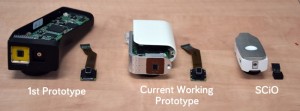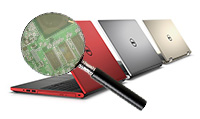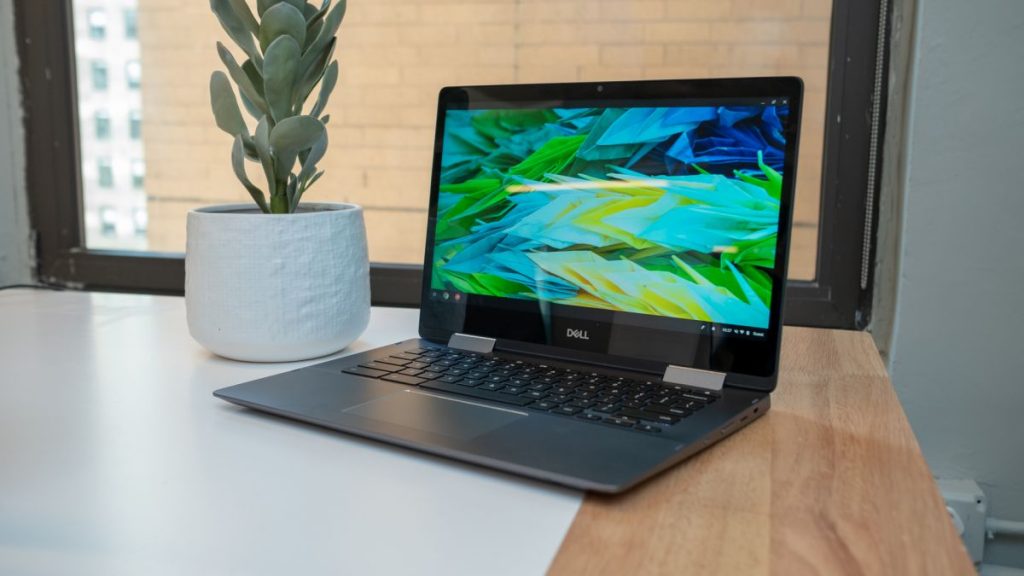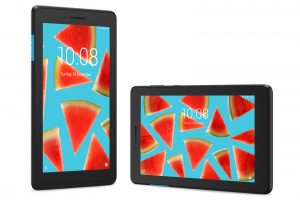

How Does It Work? Spectrometers are used today in labs around the world, but are too large and expensive for everyday use. Spectrometers work by absorbing light, reflecting it back from an object, and breaking it down into a spectrum. SCiO's spectrometer is very tiny, and aims to be very affordable. Because each type of molecule vibrates in its own unique way, a unique optical signature is acquired when these vibrations interact with light. After pointing to an object, SCiO reads the item's molecular structure, matches that information to a cloud-based database for analysis, then algorithms send the information to your smartphone in real-time via Bluetooth. You can also share any information you want on social media.
The Future: An amazing R&D team at SCiO developed this tiny sensor together from the ground up for the past three years. They have made amazing progress since its first prototype. Thanks to low-cost optics, and advanced signal processing algorithms, they believe in SCiO being widely used, very soon. The more items it scans, the more information it continues to acquire, building the “world's first database of matter”. If the technology potential grows, it could be used for monitoring car tires, fuel tanks, soil analysis, as well as the human body. The SCiO package comes with apps for scanning food, plants, and medicine. SCiO allows us to follow our curiosity and learn new things about the world around us. Expect to see this already popular gadget commercially next year, with a price around $299.



 Laptop & Tablet Parts
Laptop & Tablet Parts




















